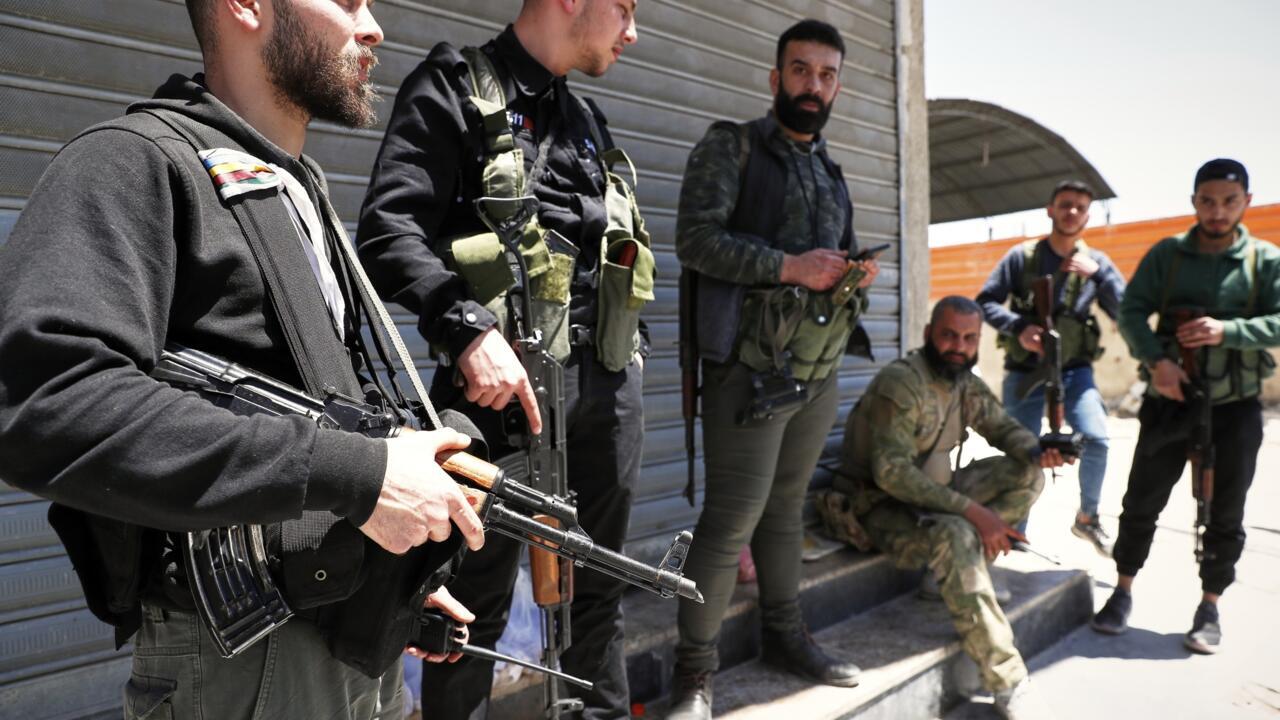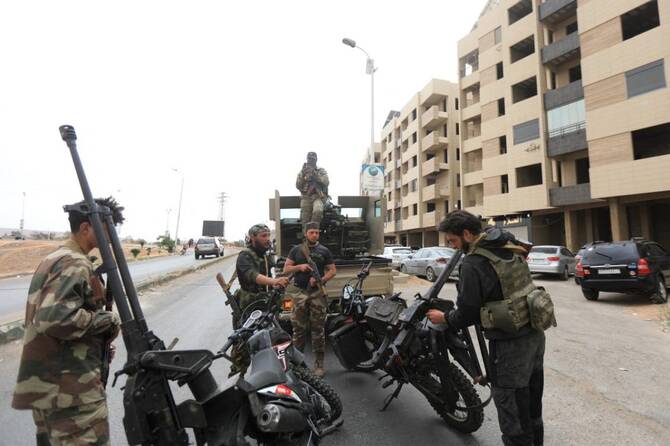Clashes erupted over the past 24 hours between Arab Bedouin tribes and Druze separatists along the As Suwaida-Daraa regional border in southern Syria, marking a significant escalation in hostilities in a region already fraught with tension. The violence comes amid ongoing instability in Syria, where various factions vie for power and control in the wake of a protracted civil war that has left the country fragmented.
Background & Context
The As Suwaida and Daraa regions have long been hotspots of conflict in Syria, characterized by a complex tapestry of ethnic and sectarian identities. The Druze community, a religious minority with a unique set of beliefs, has historically maintained a degree of autonomy in the As Suwaida region. In contrast, the Arab Bedouin tribes, which are predominantly Sunni Muslims, have been positioned in the surrounding areas, often leading to friction over land and resources.
Recent reports suggest that the clashes were ignited by disputes over territory and local governance, with both sides accusing each other of encroachment and aggression. These tensions have been exacerbated by the broader political landscape in Syria, where external actors and local militias frequently engage in power struggles. The ongoing conflict has created a vacuum, allowing various groups to assert their influence and challenge one another, often resorting to violence as a means of resolving disputes.
Key Developments
According to eyewitness accounts and local reports, the violence began late yesterday, with both sides launching probing attacks that resulted in casualties and significant property damage. The clashes have drawn the attention of local authorities and military forces, who are now scrambling to contain the situation and prevent further escalation.
“This is not just a fight over land; it’s about identity and autonomy,” stated a local Druze leader, who requested anonymity due to security concerns. “The Bedouins feel threatened by our presence and our claims to land that we have inhabited for generations.” Meanwhile, a representative for the Bedouin tribes asserted that they are merely defending their rights and that the Druze have overstepped their boundaries.
As previously reported, the region has witnessed similar skirmishes in the past, but the current violence appears to be more intense and widespread. The Syrian government, which has struggled to maintain control over various factions, remains largely absent from the conflict, raising questions about its ability to manage local disputes effectively.
\n\n
Image for Clashes Erupt Between Arab Bedouin Tribes and Druze Separatists Along Syrian Border
Broader Impact
The clashes between the Arab Bedouin tribes and Druze separatists could have significant implications for the stability of southern Syria. Experts warn that if the violence continues unchecked, it could lead to a broader conflict that might draw in other groups and external actors, further complicating an already volatile situation. Historically, such localized conflicts have had ripple effects, influencing political dynamics and security conditions across the region.
“The situation in southern Syria is precarious,” said Dr. Samir Khalil, a political analyst specializing in Middle Eastern affairs. “This kind of infighting can easily escalate, especially with the presence of various militias and foreign interests. The lack of a cohesive national government only adds to the instability.” The recent clashes may also impact humanitarian efforts in the region, where many communities are already suffering from the consequences of years of war.
What"s Next
As the clashes continue, local leaders from both sides are calling for dialogue to de-escalate tensions. However, the path to peace seems fraught with challenges, as mutual distrust and historical grievances complicate negotiations. The potential for outside intervention remains a possibility, with various regional powers closely monitoring the situation.
Moreover, as the Syrian government grapples with its own internal issues, including ongoing economic turmoil and pressure from international actors, it may face increasing difficulty in mediating local disputes. The international community, which has been focused on other crises in the region, may also need to reassess its approach to southern Syria, considering the potential for these localized conflicts to evolve into larger-scale confrontations.
In light of these developments, observers will be closely watching the situation along the As Suwaida-Daraa border, as any further escalation could have dire consequences not only for the immediate communities involved but also for the broader geopolitical landscape in the Middle East. For ongoing updates on related coverage, see recent developments in regional stability efforts.

Image for Clashes Erupt Between Arab Bedouin Tribes and Druze Separatists Along Syrian Border

![[Video] Vladimir Putin delivers speech in military uniform](/_next/image?url=%2Fapi%2Fimage%2Fthumbnails%2Fthumbnail-1764621642413-vh08a-thumbnail.jpg&w=3840&q=75)




